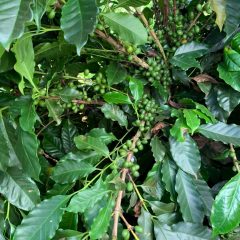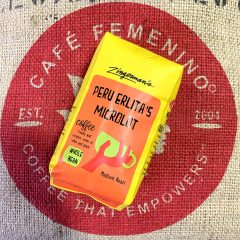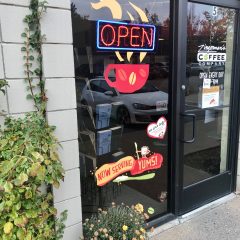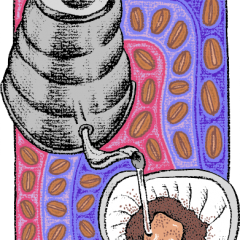
Uganda Rwenzori Coffee
New Coffee of the Month from East Africa While so much has been turned topsy turvy over the last year, one thing that has provided comfort and consistency throughout has been the quality of the beans at the Coffee Company. In fact, I would venture to say, through all the ups and down of the […]
Read more »




Zingerman’s Art for Sale